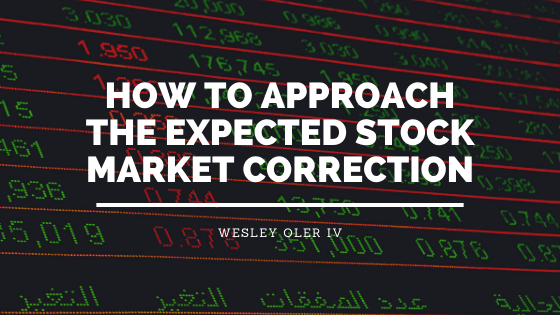How Frequent are Market Corrections
Stock market pullbacks are quite often. However, they differ in magnitude. According to Fidelity Investments, since 1920, on average, 5% pullbacks have been recorded three times every year, 10% occur once every 16 months, and 20% dip every seven years. Stock market corrections to the last 43 days on average.
In 2020, the COVID 19 pandemic shook the stock market and dropped it into a bear market. However, within five months, the S&P 500 made a full recovery and began attaining new record highs.
How to Approach a Stock Market Correction
The stock market is currently anticipating a market correction. This correction may occur due to the inauguration of the new president. Awaiting a market correction can get very stressful. Therefore, the first step to deal with a stock market correction is resisting the urge to time the stock market.
It is possible to make some money by trading the ups and downs of the stock. However, it seldom works to build sustainable wealth. Most people lose their money by trying to “time the market” by moving it to trade in the ups and avoid the down. Luckily some strategies help mitigate losses during a market correction.
Control the Correction Magnitude
It is possible to control the magnitude of the market correction. To do this, one requires to select carefully the mix of investments owned. The next step is to analyze the investment risk associated with every investment. The next step toward mitigating losses involves understanding how to mix different investment properties to decrease the risk to the whole portfolio.
Stick to Safe Involvements
This strategy demands that one avoids investing in stocks altogether to evade market correction. The downside to this is that one misses out on potentially high returns that come immediately after a bear market or correction.
Buy the Correction
Buying the correction is a risky strategy. This approach hinges on the prediction of a potentially high return after the correction. Therefore one should take this strategy with at-most caution to avoid losing a lot of money.
